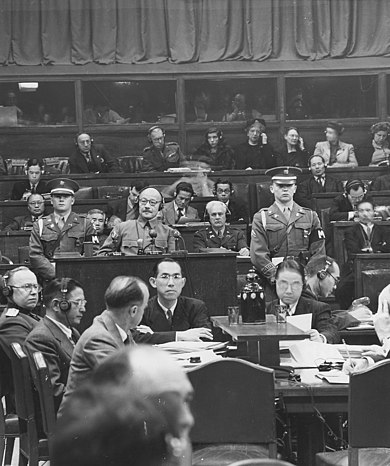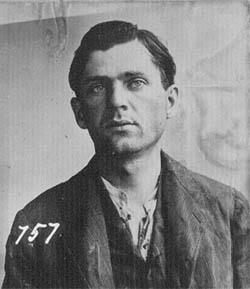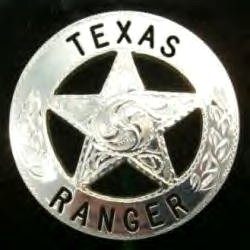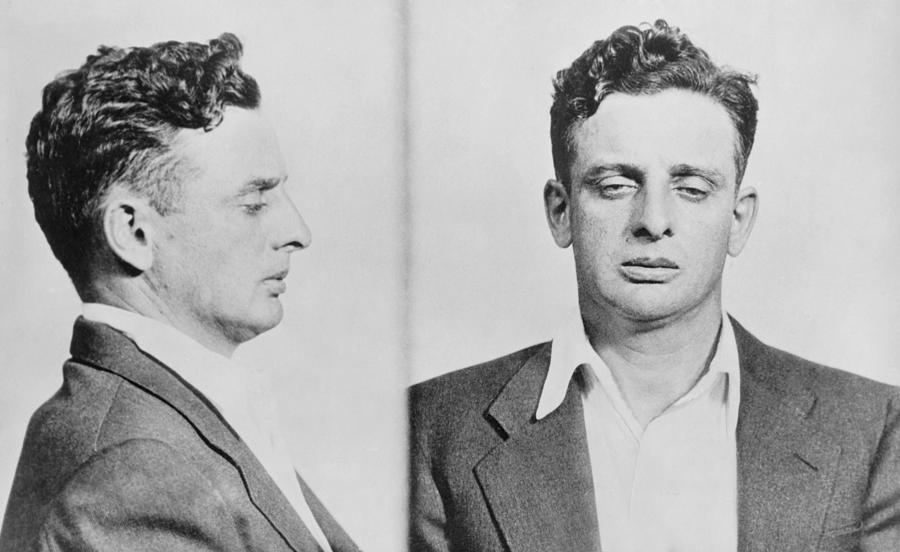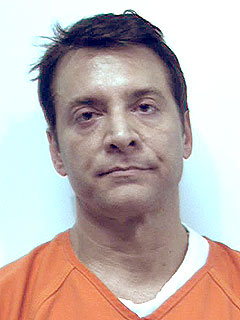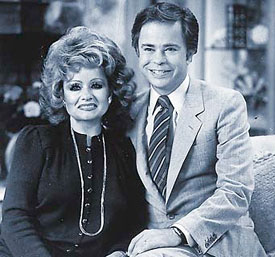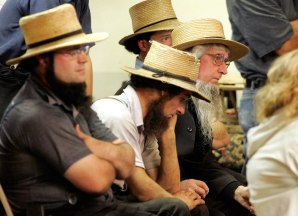On October 3, 2011, an Italian appeals court overturns the
murder conviction of Amanda Knox, an American exchange student who two years
earlier was found guilty in the 2007 murder of her British roommate, Meredith
Kercher. At the time of her 2009 conviction, Knox received a 26-year prison
sentence, while her ex-boyfriend, Italian college student Raffaelle Sollecito,
who also was convicted in the slaying, was sentenced to 25 years behind bars.
The sensational, high-profile case raised questions in the United States about
the Italian justice system and whether Knox, who always maintained her
innocence, was unfairly convicted.
On November 2, 2007, the 21-year-old Kercher of Coulsdon,
England, was found fatally stabbed in the bedroom of the home she shared with
Knox and two other women in Perugia, the capital city of the Umbria region in
central Italy. Investigators said the British exchange student had been slain
the previous night. After questioning by police, Knox, a Seattle native and
University of Washington student doing her junior year abroad in Italy, was
arrested. She denied any wrongdoing, saying she was at another student’s house
the night of the murder. Police claimed Knox later gave them conflicting
statements about her whereabouts at the time of the crime. She said that police
had coerced her into making incriminating statements.
During the nearly yearlong trial that followed, prosecutors
charged that Knox, along with Sollecito and another man, Rudy Guede, had
viciously attacked Kercher in a sex game gone wrong. (Guede was convicted for
his role in Kercher’s death in a separate, fast-track trial in 2008. He was
sentenced to 30 years in prison, which was reduced to 16 years on appeal.) The
prosecution’s main evidence against Knox included tiny traces of her DNA and
that of Kercher’s on a knife discovered at Sollecito’s home. Traces of Knox’s
DNA were also found on a bra clasp belonging to Kercher. Knox’s attorneys
argued the bra clasp was found over a month after the murder at a contaminated
crime scene, and that the knife blade couldn’t have made the wounds on the
victim.
Knox and Sollecito appealed their convictions, and at their subsequent trial
court-appointed experts testified the original DNA evidence was unreliable and
did not definitively link the young American and her former boyfriend to the
crime. On October 3, 2011, an appellate court jury of two judges and six
civilians in Perugia acquitted the two defendants of murder. (The court upheld
Knox’s conviction on a charge of defamation for accusing her former boss of murdering Kercher. Knox was given time served along with a fine.) The
24-year-old Knox, who had been jailed in Italy since her 2007, flew home to the
United States the following day. In March 2013, in a new twist in the case,
Italy's highest court overturned the acquittals of Knox and Sollecito and
ordered that they be retried. The retrial is expected to take place sometime in
2014.

Michael Thomas Barry is a
columnist for CrimeMagazine.com and is the author of Murder & Mayhem 52 Crimes that
Shocked Early California
1849-1949. The book can be purchased from Amazon through the
following link:






